micnd90 [he/him,any]
- 103 Posts
- 241 Comments

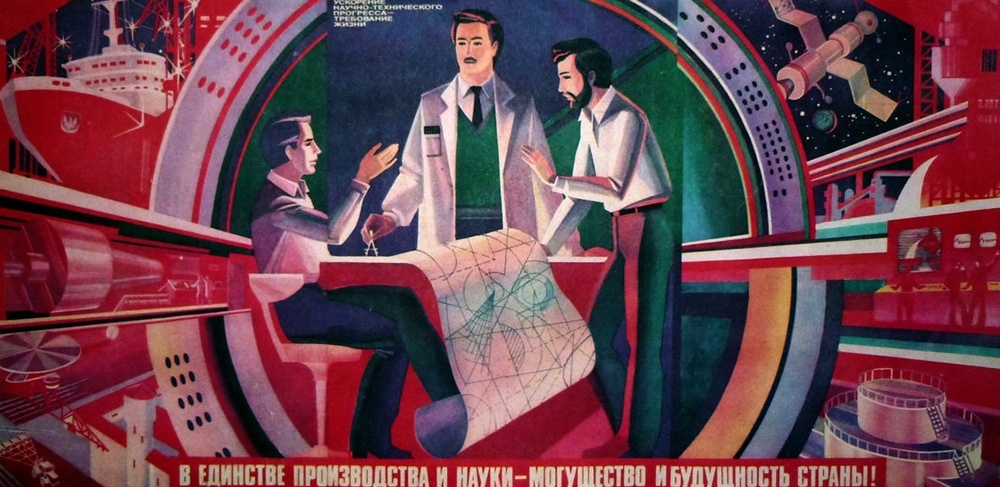 6·4 days ago
6·4 days agoYou hang out with too many libs comrade
That Karen on the gif looks like she eats salad with a comb and throws staples at staffers

 5·9 days ago
5·9 days agoIn this particular scenario, the purpose of NOAA global monitoring network is to provide baseline clean air measurements from around the world. This is for aerosols, ozone, various greenhouse gases (CO2, CH4, N2O) and their respective isotopes, ozone-depleting gases (CFCs, HCF, etc), and other trace gases (CO, COS, etc). We are not measuring air in polluted urban cities, those are up to local meteorological institute and universities, but we’ll gladly assist with the instrumentation and providing technical expertise if needed. To get background clean air you have to measure far away from polluted urban areas. Measuring air in the middle of the ocean also gives you a benefit that the air is well-mixed and somewhat representative of large areas on Earth. That’s why we have observatories in remote islands. The lines you see there are ship tracks from partners. Ships en route from Japan-New Zealand, New Zealand-US West coast, and US-East Coast to South Africa occasionally grab air samples for us.

 8·9 days ago
8·9 days agoNOAA runs the central calibration laboratory, and instruments to measure air flasks collected from around the world. The most famous product being the CO2 concentration “Keeling Curve” at Mauna Loa.

The stations in other countries are mostly being run in cooperation with the local meterological institute in that country. But only the US has the might and logistics to collect samples from remote sites like American Samoa, Midway island, Ascension Island, Marshall Islands, and Antarctic sites (South Pole, Palmer Station, Drake Passage, etc.)

 10·9 days ago
10·9 days agoIt’s a newsletter for a research division at NOAA. Usually it grabs science news and headlines citing the research division so that you know the work that your colleagues are doing. But these days the only thing that’s on the news is we’re slated for complete extermination this upcoming fiscal year lol.

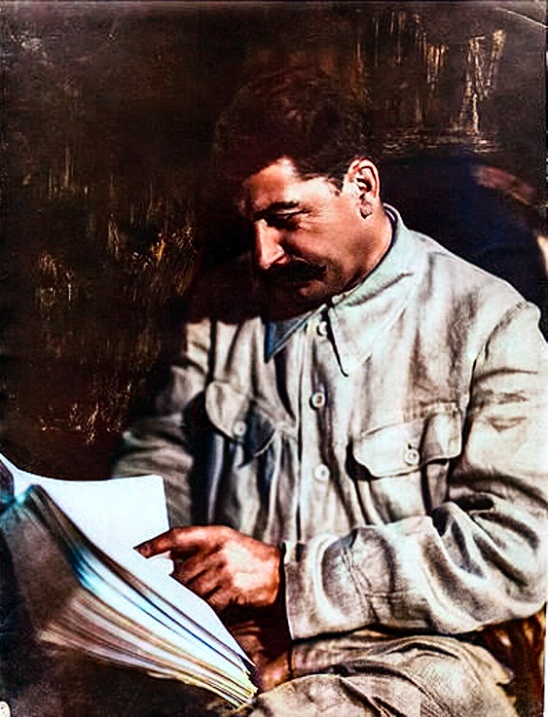 23·12 days ago
23·12 days ago/ourguy/ God is an L/accelerationist

 19·12 days ago
19·12 days agoGuadalupe River has a Spanish sounding name, so it is only fair that Mexico send people to clean it up

 6·18 days ago
6·18 days agoTo my knowledge it is a bit fragmented. Like there are different tiers of public option for rural vs. urban people, and employers still obligated to provide insurance to their workers (also with different tiers), and a lot of people do out of pocket supplementary insurance. The rural vs. urban divide creates weird problem like some of my colleagues from China said if city people went hiking in rural areas, roll their ankle and had to be helicoptered out, they are out of coverage because they live in cities. But more or less the whole population have some base of insurance (e.g., universal coverage), and emergency services are covered, so people never got bankrupt from ambulance trip. It is just that for very expensive medical treatment, like cancer treatment or some specialist visits, MRI, etc. it is not completely free.

 11·18 days ago
11·18 days agoThey have universal public option for insurance to cover the bases. People who can afford it also get supplementary private insurance. This is more or less same as Australia or Germany. The only difference is that being a developing country with large population the basic public option is not as good.

 40·18 days ago
40·18 days agoWHERE’S THE HIGH SPEED RAIL, UNIVERSAL HEALTHCARE, AND $5 STREET FOOD!?!?!

 1·18 days ago
1·18 days agoYes, you’re thinking about this guy https://apnews.com/article/climate-hurricane-forecasting-noaa-satellites-74ab96aecbca46162e08341fd0941fbe

 15·19 days ago
15·19 days agoIn this particular case, the whole operational yearly budget for NOAA Ocean and Atmospheric Research division is even less than 1$bn. Meanwhile, the annual defense budget is literally $1 trillion.

 8·19 days ago
8·19 days agoJust to dispel a little bit of fearmongering, the National Weather Service, who is responsible for weather forecast after significant pushback actually got their budget slightly increased compared to last year. So hurricane and severe weather warning will mostly be OK (discounting tons of people who got fired and retire early this spring). What is truly dire currently is the research division (“Ocean and Atmospheric Research”, OAR) at NOAA slated for complete annihilation, which would results in thousands of actual scientists losing their jobs, massive lost of institutional knowledge and gaps/shutdown in long-term observations (e.g., CO2 levels at Mauna Loa).

 13·19 days ago
13·19 days agoAlso, all these line items, whole climate and ocean research and observations cost taxpayers $740 million per year. For comparison, ICE already has budget of $10 billion per year and slated for +10% increase in FY26. So if you defund ICE for just one year, you can fund NOAA research and state-of-the-art monitoring for the next 14 years

 9·27 days ago
9·27 days agoColorado would be Switzerland of North America, but with concussed weed smoking ski bums instead of billionaire globalist
 17·1 month ago
17·1 month agoPretty sure just in March/April alone in Denmark we have Skærtorsdag (Thursday before Easter), Langfredag (Good Friday), then Anden påskedag (Monday after Easter), Kristi himmelfartsdag (Ascension day), birthday of Queen Margaret (April 16th), and International Workers Day (May 1st) as paid holidays

 7·1 month ago
7·1 month agoAverage Gog and Magog believer

 29·1 month ago
29·1 month ago
Great Satan might actually die this time around lol. So be it, I still believe that moral arc of history bends towards justice

 42·1 month ago
42·1 month agoWhere are the anti-yacht Killer Whale brigade, we need them more than ever


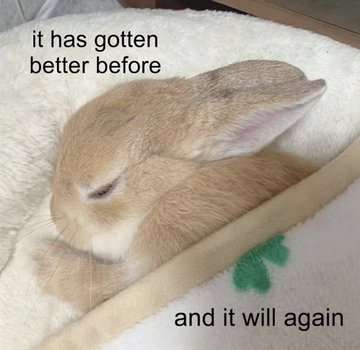

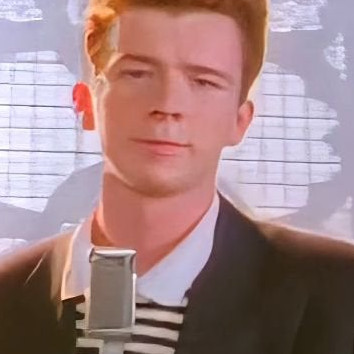



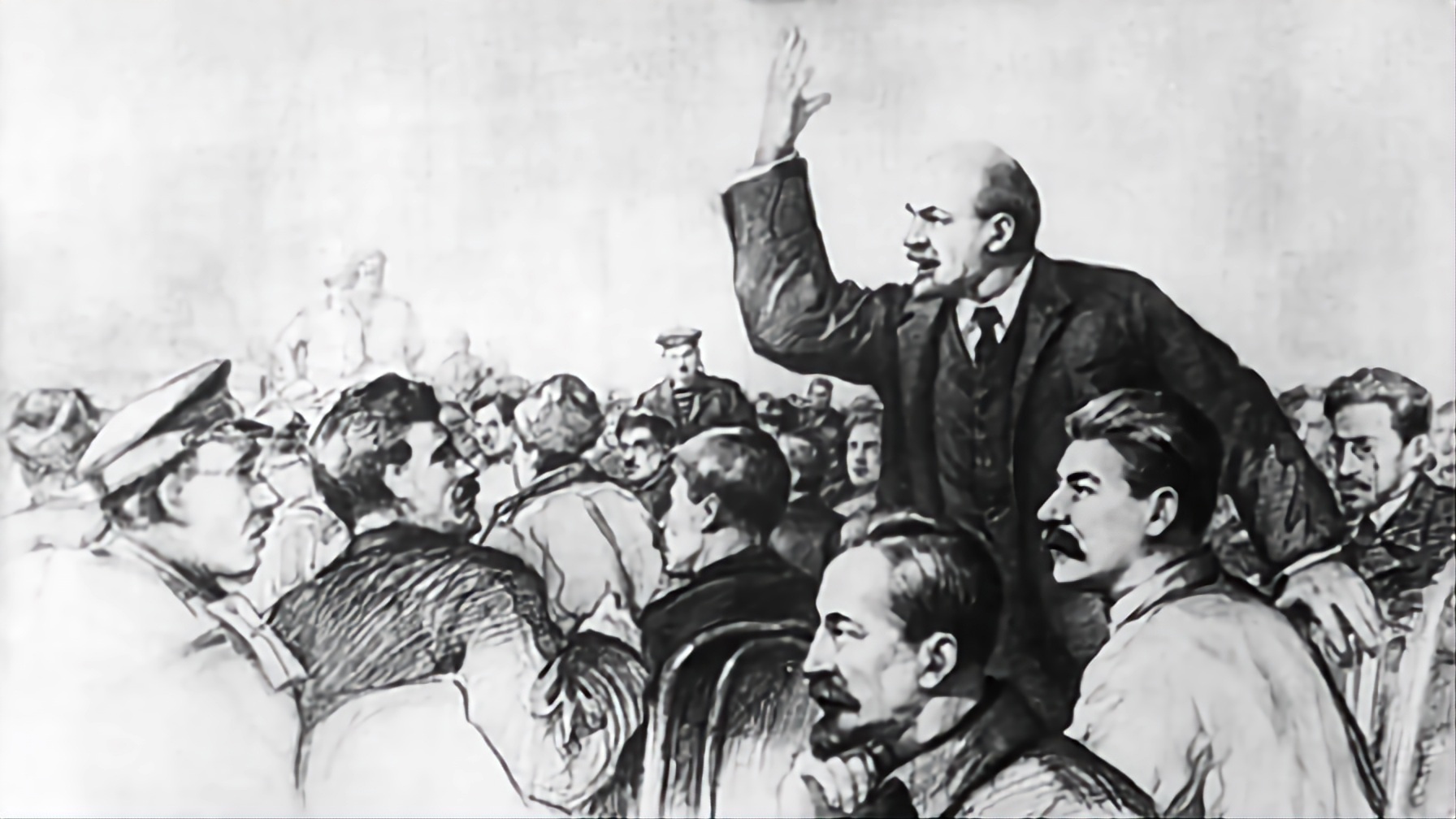
Generally if you are able-bodied, just bike to work, don’t eat meat, don’t use generative AI and don’t do crypto. It’s not that hard.